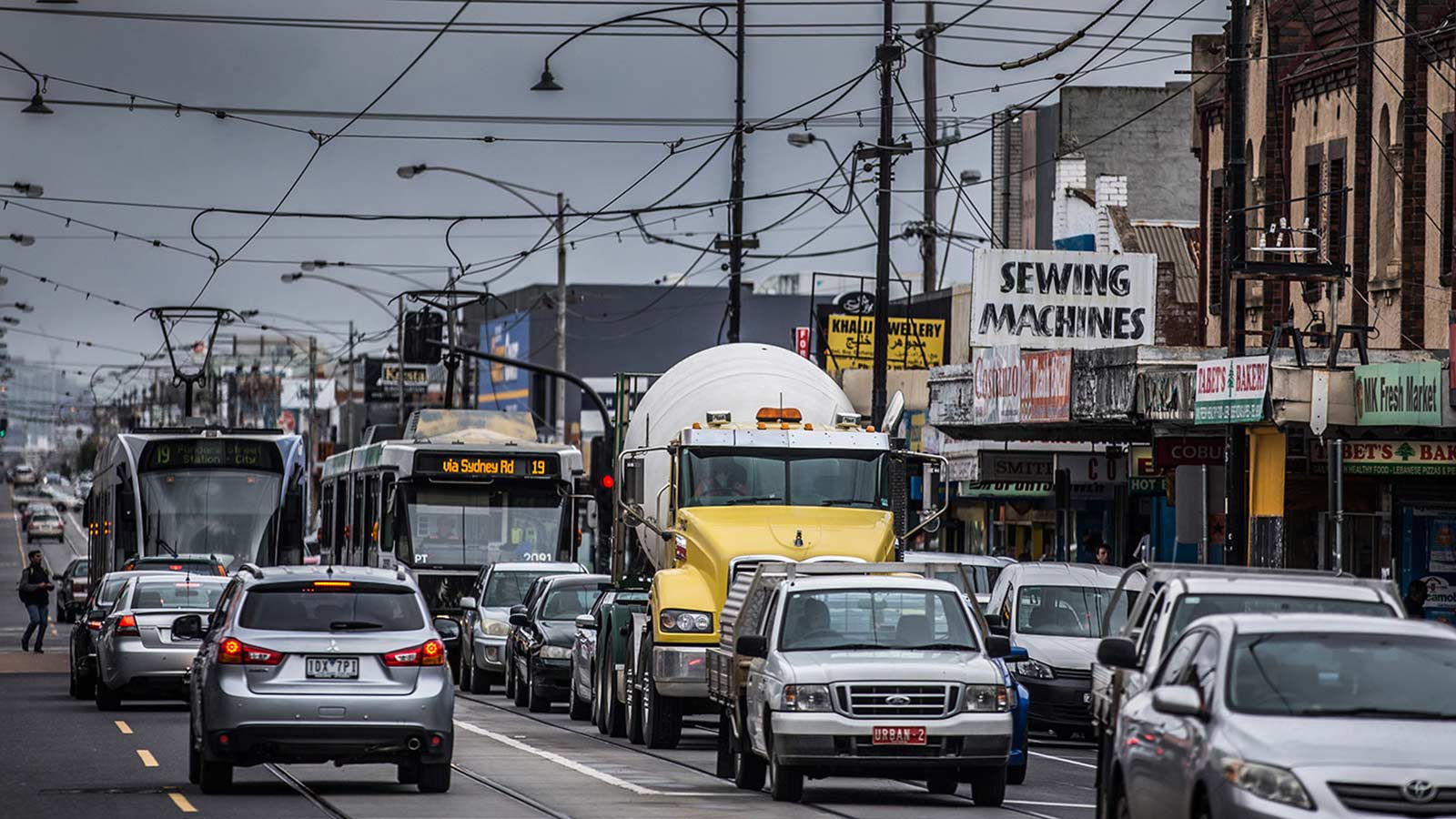There are all sorts of reasons why you might need to merge or change lanes. You could be overtaking another car, switching lanes to prepare for a turn, or entering a freeway. In this section, we cover the key things you need to know to stay safe.

Keeping left, merging, overtaking and safe distances
Weaving in and out of traffic? Find out what is and isn’t allowed.
Thank you for contacting us
Your reference number is
We'll contact you within 72 hours and may ask for this reference number.
Rules for keeping left, merging and overtaking
Merging and changing lanes
There are two key rules you should be aware of when it comes to merging, and it all comes down to the line markings:
- Dashed: The first kind of merge is when vehicles cross a dashed line – like on a freeway. Here the vehicle wanting to switch lanes needs to give way to cars already travelling in that lane.
- No dash: In a zip-merge situation – which is when two lanes of traffic join and there’s no dashed line – the vehicle in front should be given way regardless of whether they’re on the left or right.
When it comes to changing lanes – regardless of whether there’s line marking – you must indicate. The signal must be long enough to give enough warning to other drivers. So, no flicking on your indicator at the last minute!
Check out our YouTube video to watch these types of merges in action.


Illustrations of a car merging where there is a dashed line; and a zip merge where there is no dashed line.
Our tips include:
- Within the limit, merging drivers should try to match the speed of the traffic they’re joining.
- Give drivers plenty of warning that you intend to merge or change lanes by indicating.
- Remember that if you’re changing lanes or joining a queue, you must give way to vehicles already in the lane.
For more detail refer to rules 45, 46, 48, 148 and 149 of the Victorian Road Safety Road Rules 2017.
Added lanes are sometimes provided on freeway entry ramps or where two roads join but no merge is required at that point as each vehicle has its own lane. Signs (above) are provided so drivers are aware that there are two lanes.
Where there is an added lane, drivers approaching from both directions have their own lane and neither driver is required to give way to the other, unless a driver changes lanes, in which case they must give way to traffic in the lane they are changing into.
Overtaking and safe distances
If you’re driving on a multi-lane road with a speed limit over 80km/h, or where there's a ‘keep left’ sign, you need to keep left unless overtaking. The exceptions are:
- if you’re turning right
- if you’re making a U-turn from the centre of the road
- signs or markings indicate otherwise.
Even when signs aren’t enforcing the rule, it’s courteous and practical to keep left on all multi-lane roads where possible as it helps the traffic continue to flow.
Watch our video on keeping left unless overtaking.
Tailgating is unsafe and illegal. We recommend allowing a minimum two-second gap between you and the car in front of you when driving.
To calculate the gap, pick a fixed object on the side of the road. As the back of the car in front of you passes the object, start to count. If the front of your car reaches object before you get to two, you’re travelling too close. Slow down and increase the distance between the vehicles.
You should increase the gap to greater than two seconds in wet or foggy weather, at night, if you are tired or if you are towing or driving a heavy vehicle.
Refer to rules 126 and 127 of the Victorian Road Safety Road Rules 2017.
Refresh your knowledge of the Victorian road rules
The summaries RACV provide on Victorian road rules are based on the Victorian Road Safety Road Rules 2017. We make sure to reference the exact rule where possible. When reading, keep in mind that we’re providing general information, not legal advice. If you’re looking for specific questions on any legal matter, consult with a lawyer for help.